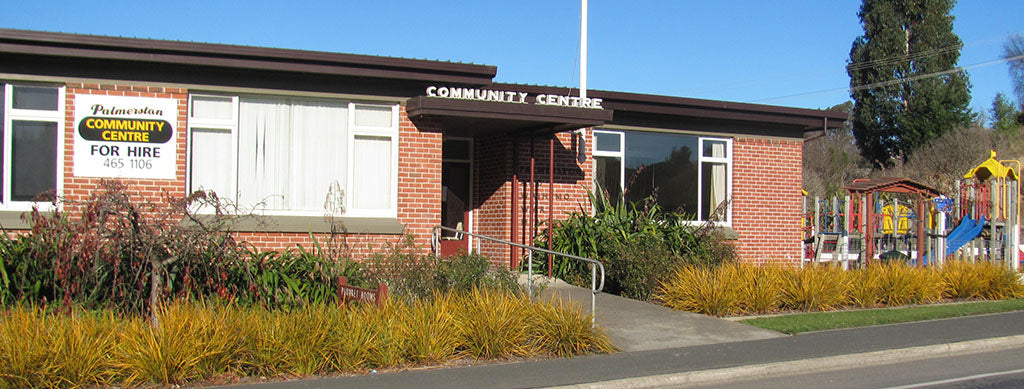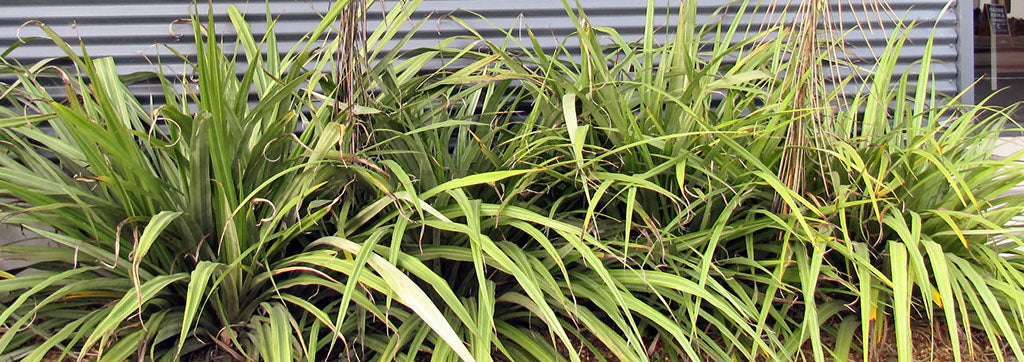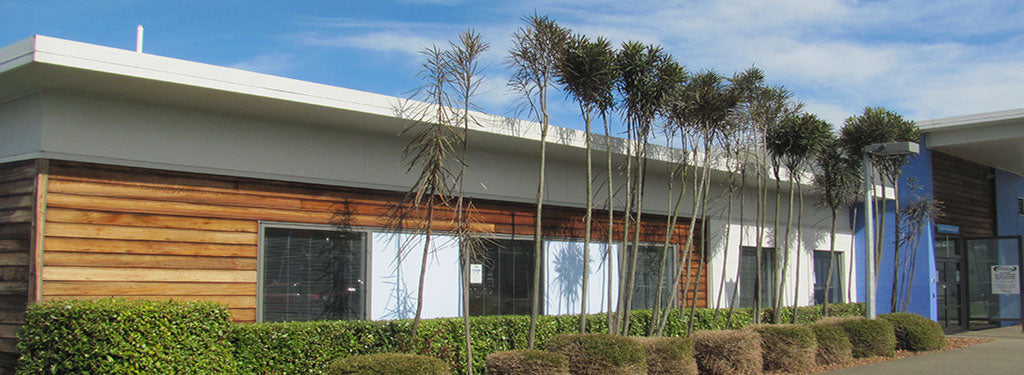 Mass plantings are a great low maintenance, natural and easy way to sort out larger garden areas. The art of mass planting is very evident when you glance around at industrial, commercial, council and amenity plantings. This trend is becoming increasingly popular in residential plantings where the mass planting effect compliments modern architecture. More and more these are featuring masses of New Zealand natives. Not only is this a really nice look, but it tends to be the easiest care as these plants are supposed to be growing in this way.
Mass plantings are a great low maintenance, natural and easy way to sort out larger garden areas. The art of mass planting is very evident when you glance around at industrial, commercial, council and amenity plantings. This trend is becoming increasingly popular in residential plantings where the mass planting effect compliments modern architecture. More and more these are featuring masses of New Zealand natives. Not only is this a really nice look, but it tends to be the easiest care as these plants are supposed to be growing in this way.
Choosing Plants:
Select a small number of low growing plants. You could really keep it simple by just planting masses of your favourite native. Or plant up to three varieties for a smaller space, or 5-7 varieties for a large area.

Decide on an overall look. For example do you want a simple planting consisting of different grasses, would you prefer a variety of small shrubs, or would you prefer to mix it up a bit with small flaxes, shrubs and mega herbs?
Think colours - do you want bold and dramatic contrasting colours, or do you want subtle variations of complimentary colours. Look to your house and environment for clues. Choose plants suitable for your climate, this will mean a better look with less care.

If you're not sure, look around at your natural environment first, or perhaps get ideas from neighbours, or even council plantings. Similar schemes throughout neighbourhoods work really well, in a similar way to recurriung themes in nature.
General plant suggestions
Grasses - indispensable in mass plantings, with different colours and textures you can make bold statements with colour. Grasses are also a very good way to keep the cost of your planting down.
Some of our favourite grasses for mass plantings, include:
- Chionochloa rubra - Red Tussock
- Poa Cita - Silver tussock
- Chionochloa flavicans - Dwarf Toe Toe
- Carex Testacea - Golden Tussock
- Carex flagellifera Red - Red Carex
- Carex buchananii - Red Rooster

Flaxes - There are many dwarf and coloured flaxes that are suitable for mass plantings. These are very easy care and are very dramatic and effective.
For larger ares 'wild' flaxes such as Phormium tenax & Phormium cookianum are great. For smaller areas there are many garden cultivars to choose from, some of our favourites are: Phormium Black Rage, Phormium Evening Glow, Phormium Jester, Phormium Pepe, Phormium Surfer Bronze & Phormium Surfer Green. With so many flaxes to choose from the choice really comes down to what look you prefer as most are tough and will grow in most situations.

Astelia - These tough and colourful alpines are similar to flaxes but offer a slightly different texture and matelic silver and red colours that are quite different from flaxes.
Astelia chathamica is great for larger areas, but for smaller plantings you would definetely go with Astelia nervosa or selections such as Astelia Red Devil or Astelia Alpine Ruby.
Astelias are very dramatic and create a truly stand out display, but they can be hard to get in large quantities.

Shrubs - There are many native shrubs that have been selected for either dwarf growth or completely ground hugging habit. A great way to add interest to your planting.

Concept
Most NZ Natives fit really well together, so there is no need to be a design genius to get it right. Here's a few simple design tips to get started:
- Plant feature plants (trees etc) first.
- Plan to plant in blocks of certain plants. Do not 'mix and match' individual plants. Make the blocks different shapes and sizes. In a smaller space plant blocks of 3-5 plants of each variety, or in a larger space 5-7 plants in each block.
- Plan different heights and textures between blocks to add interest.

Planning
Sketch a simple design, sketch the basic shape of each block, plan the line between the blocks - a gently curving line works best.
Decide whether you want to see the complete shape of each individual plant, or do you want one continuous block. For example small round shrubs work really well when separated so you can see the roundness of each.

Whereas grasses you might plant very close so they look more solid.

Consider the mature dimensions of your plant and space accordingly. From here you can work out how many plants you need. A very rough guide is one plant per square metre for moderate spacing, closer for tight plantings and further apart for loose, however this obviously depends on the size of the mature plant.

Plan your layers, don't just think in two dimensions. Ie. You might plant the entire area in grasses, but then have something tall and thin punching through, such as lancewoods to add height and drama. Likewise you might like to consider taller plants for the back and smaller plants for the front.
Add Drama
- A strategically placed sculpture, water feature of focal point can add interest and drama to your planting. Less is more, with one well placed item often being enough.

Site Preparation
- Spray off the area well. Preferably several times, to be sure to kill all the weeds. Your mass plantings will be a maintenance nightmare if you do not do this. Organic sprays are available if this is your preference.

- Mulch the area heavily. Mulching is hugely beneficial to keep weeds under control, and to keep moisture in the soil. Also consider how this will look as a mulch will completely change the look of the garden, choose a mulch with colour that suits your plantings. Bark or sawdust is cheap and easy and good for the soil. Stone mulch is permanent and beautiful and can come in a range of colours.
- Sit the plants on the ground to lay them out. Stand back to get an overall view, and 'tweak your lines etc so they look good from several angles. You can lay down a garden hose as a guide to get really nice curved lines.

 Mass plantings are a great low maintenance, natural and easy way to sort out larger garden areas. The art of mass planting is very evident when you glance around at industrial, commercial, council and amenity plantings. This trend is becoming increasingly popular in residential plantings where the mass planting effect compliments modern architecture. More and more these are featuring masses of New Zealand natives. Not only is this a really nice look, but it tends to be the easiest care as these plants are supposed to be growing in this way.
Mass plantings are a great low maintenance, natural and easy way to sort out larger garden areas. The art of mass planting is very evident when you glance around at industrial, commercial, council and amenity plantings. This trend is becoming increasingly popular in residential plantings where the mass planting effect compliments modern architecture. More and more these are featuring masses of New Zealand natives. Not only is this a really nice look, but it tends to be the easiest care as these plants are supposed to be growing in this way.













 Check out our list of natives suitable for mass planting
Check out our list of natives suitable for mass planting
Leave a comment